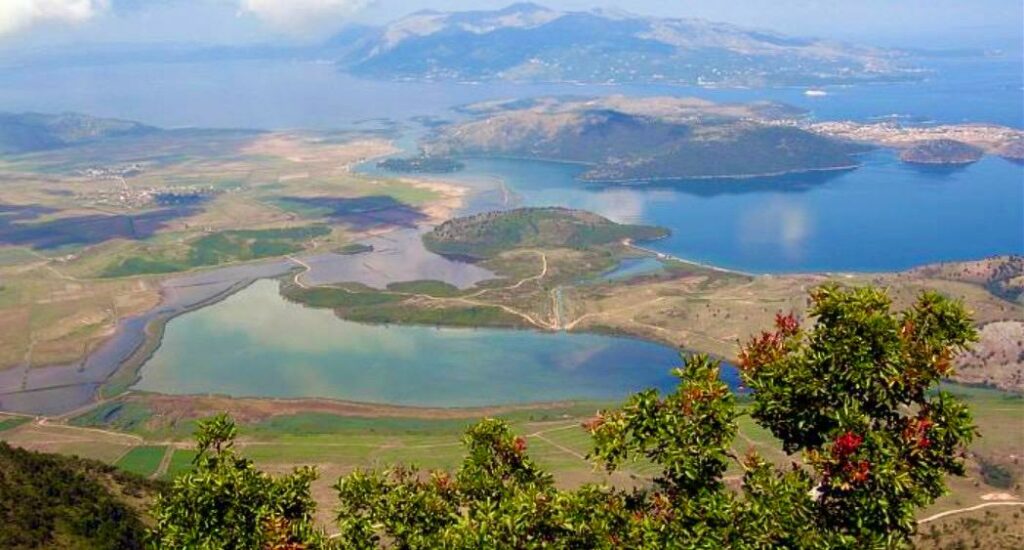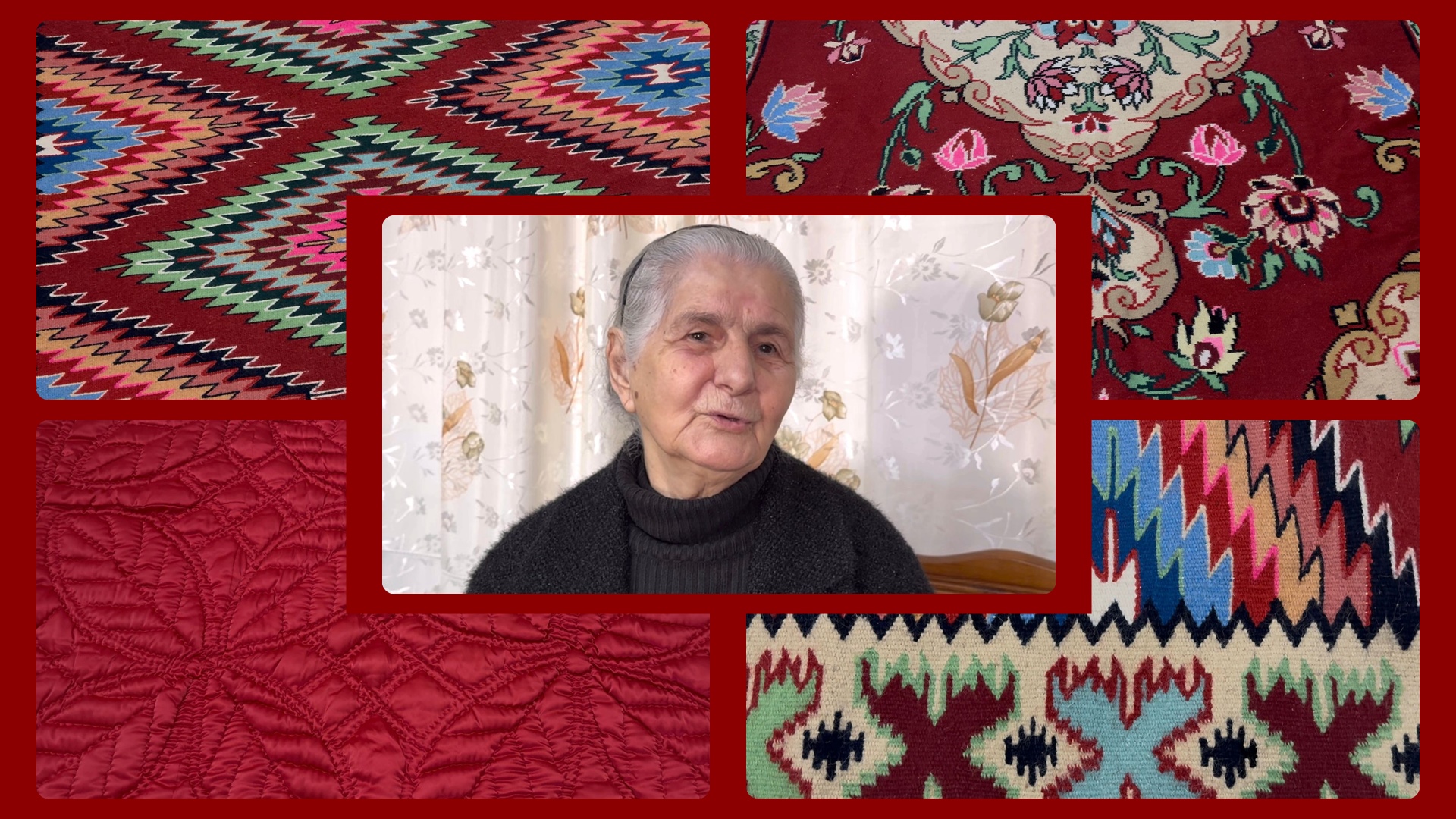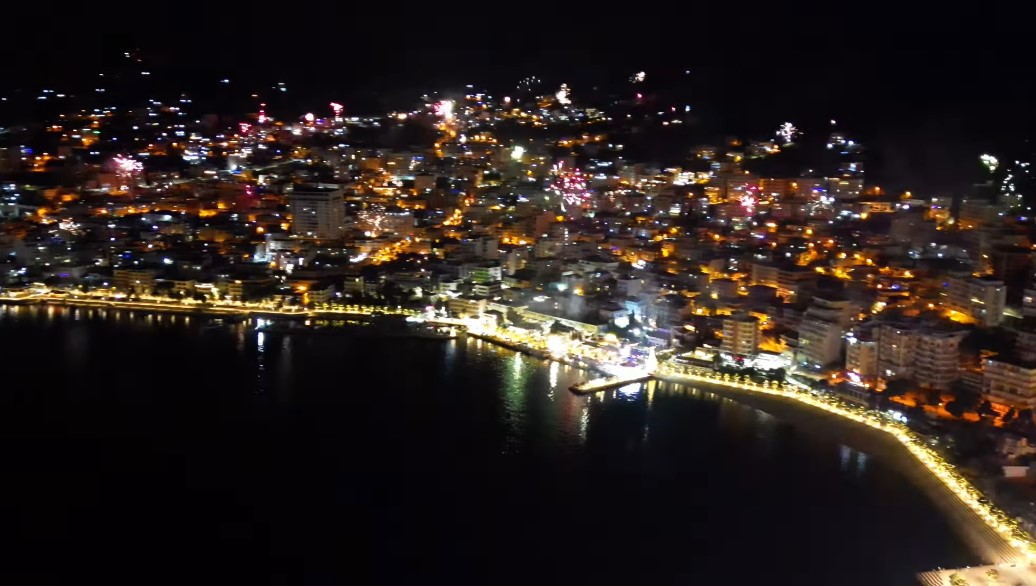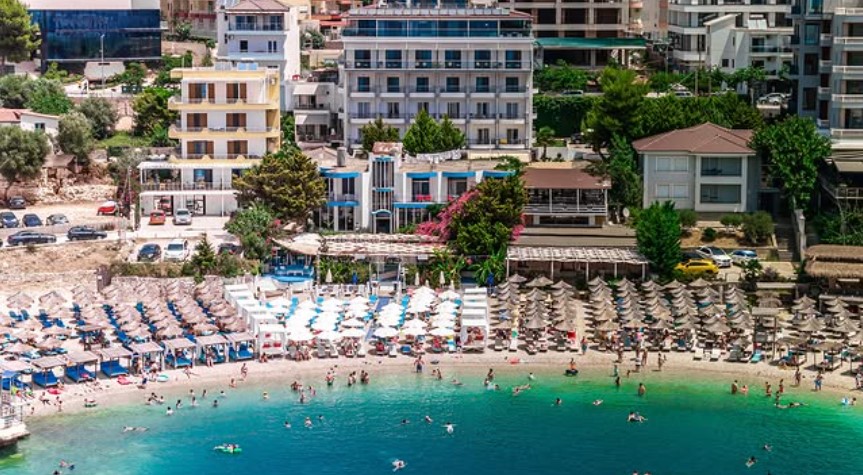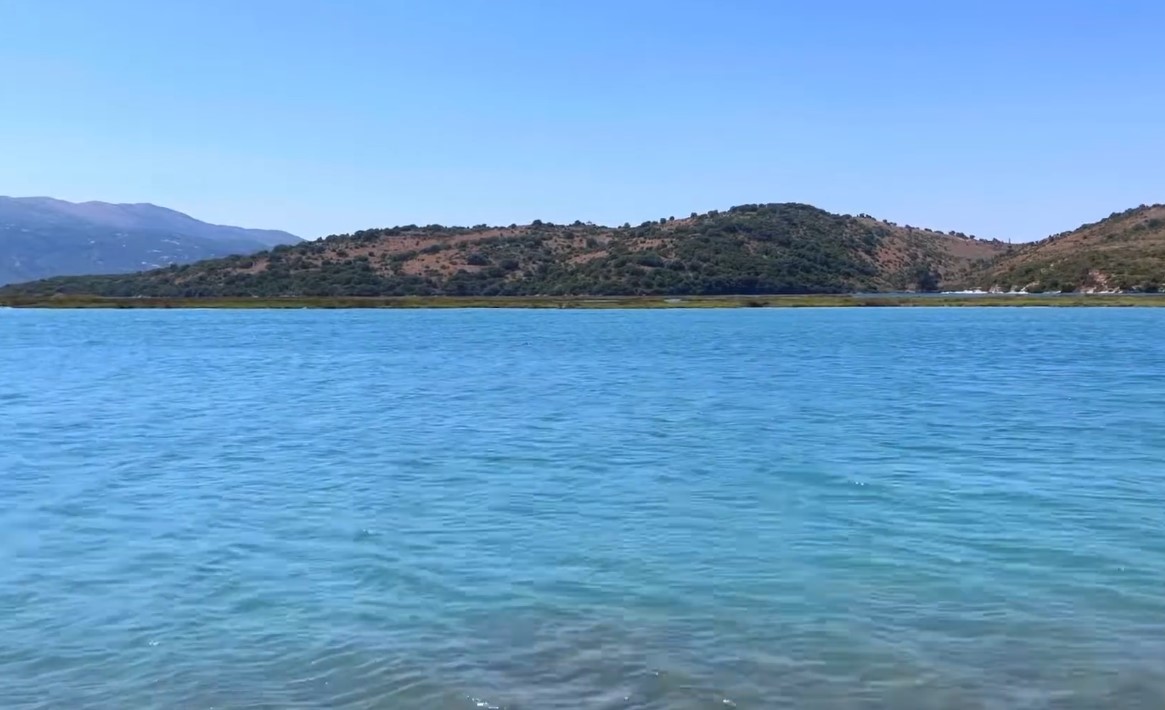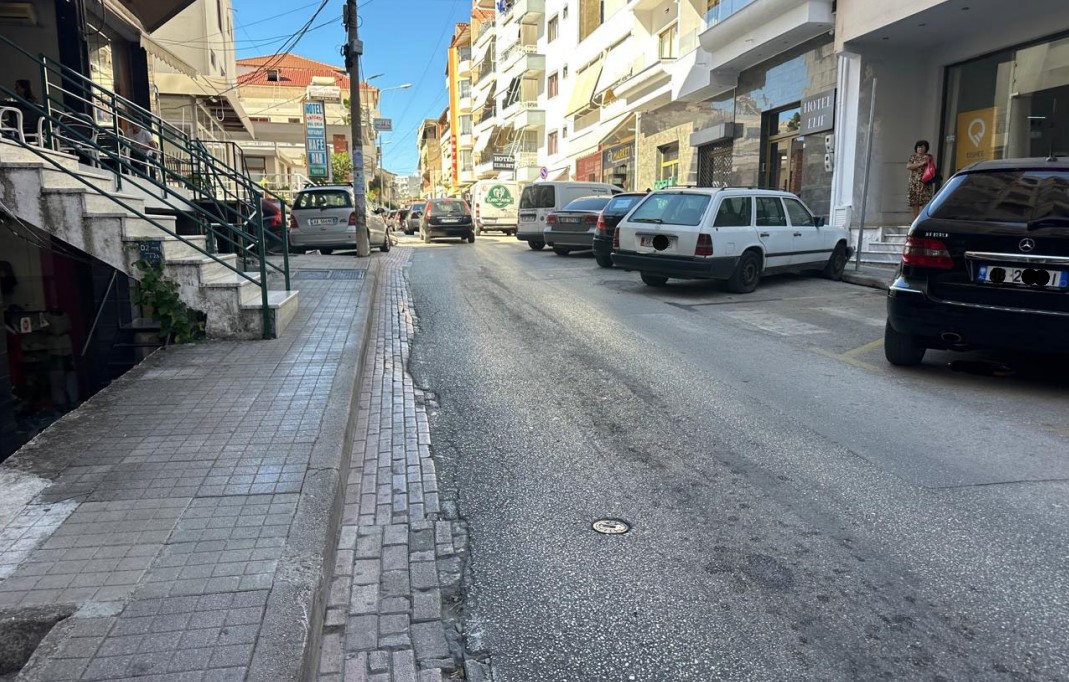
Butrint – The Ancient City of Butrint, Albania
Butrint – The Ancient City of Butrint, Albania
Nestled in the lush southern tip of Albania, Butrint is one of the country’s most fascinating and well-preserved ancient landmarks. A UNESCO World Heritage Site, this former city tells a layered story through its architecture, mythology, and cultural transitions — offering an unforgettable journey through time.
Where Is It Located Butrint?
The ancient ruins lie just south of the coastal city of Saranda, within the Ksamil Peninsula. The site sits on a low hill, naturally protected on three sides by water: the tranquil Lake Butrint to the east and northeast, and the Vivari Channel to the south, which flows into the Ionian Sea. The nearby Greek island of Corfu is clearly visible, adding to the area’s strategic and scenic appeal.
Butrint – From Myth to History
Butrinti’s story begins in legend. One myth suggests that a sacrificial bull escaped and swam across the sea, dying onshore — interpreted as a divine sign. The city’s ancient name, Bouthrotum, meaning “wounded ox” in Greek, reflects this tale.
Historical records trace the city’s founding to the 7th century BCE, by the Chaonians, a local Illyrian tribe. Over the centuries, the city grew into a cultural and religious hub, shaped by the Greeks, Romans, Byzantines, and Venetians.
Butrint – Archaeological Milestones
While passing travelers and scholars such as Cyriacus of Ancona and Pouqueville noted the site in earlier centuries, the true excavation of Butrinti began in the 1920s. Italian archaeologist Luigi Maria Ugolini led a mission from 1928 to 1936, uncovering treasures that remain key attractions today:
- A Hellenistic theatre, gracefully preserved in the hillside
- The Basilica, a grand structure with rows of columns
- A Baptistery, featuring one of the finest mosaic floors in the region
- Temples, agoras, and public porticoes
- Strong city walls and gates from multiple periods
The archaeological park reveals continuous habitation and transformation — from a sacred Greek sanctuary to a Roman colony, and later a Byzantine episcopal center.
The Roman Expansion of Butrinti
Under Roman influence, Butrinti flourished. During the reign of Emperor Augustus, the city was granted the status of a Roman colony. It expanded well beyond the hill, including new neighborhoods in the Vrina Plain and Diaporit.
Key Roman additions included:
- A gymnasium for athletic and intellectual training
- A Capitolium dedicated to Jupiter
- Bath complexes with advanced engineering
- An aqueduct stretching 5 kilometers to supply the city
- Elegant fountains and civic buildings
Christian Influence and the Byzantine Period
In the 5th and 6th centuries CE, Butrinti became a religious stronghold. The Baptistery, with its circular floor and 69 mosaic medallions, reflects the city’s spiritual transformation. These mosaics depict birds and animals found in the local wetlands, beautifully blending Christian art with regional identity.
The nearby Great Basilica, likely the seat of a bishopric under Nicopolis, showcases early Christian architectural ambition and importance.
Fortifications and Later Occupation
During the 14th century, Venetian rulers fortified the area, building the Triangular Castle to control access through the Vivari Channel. Towers were added at key points, and a castle on the acropolis provided a defensive overlook.
In the early 1800s, Ali Pasha Tepelena further reinforced the site by constructing a stone fortress at the channel’s mouth, leaving a distinctive Ottoman mark on the landscape.
Legends and Literary Mentions
Mythology and classical literature speak frequently of Butrinti. In Virgil’s Aeneid, the Trojan hero Helenus, son of Priam, is said to have established a colony here after fleeing the fall of Troy.
Even the god Pan is tied to the area. According to Plutarch, his death occurred here, causing cries of mourning from nymphs that echoed through the hills of Kaonia — a poetic tale that adds to the site’s mystique.
Dea of Butrinti – A Masterpiece Unearthed
One of the most iconic discoveries at Butrinti is a marble bust known as the Dea of Butrint.
- Found by Ugolini’s team in 1928
- Dates back to the 4th century BCE
- Thought to depict either a goddess or Apollo in androgynous form
- Carved from rare, high-quality marble
- Preserved without damage — a rarity in ancient sculpture
This head was likely part of a statue over 2.5 meters tall. Though originally taken to Italy, it was returned to Albania in 1981 and now resides in the National Historical Museum in Tirana.
A Site Protected by UNESCO
In 1992, Butrinti was officially recognized as a UNESCO World Heritage Site, celebrated for its remarkable preservation and its unique blend of natural and cultural value. Today, it lies within the Butrint National Park, where archaeology and biodiversity exist side by side.
Visitors can admire ancient ruins while enjoying the rich ecosystems of surrounding wetlands, forests, and bird habitats.
Visiting Butrinti Today
This is not just a site for historians — it’s a destination for every curious traveler. Whether you’re drawn to ancient temples, scenic walks, or quiet moments of reflection, the area offers:
- Incredible scenery of lake, lagoon, and mountain
- Mosaics and monuments steeped in history
- Peaceful forest paths and hidden viewpoints
- Just 20 minutes from Saranda and close to the beaches of Ksamil
🎥 Want a closer look? Visit Saranda Web on YouTube for videos, drone views, and guided walkthroughs.
Final Thoughts
Butrinti is more than ruins — it is a living story, written in stone and whispered through legend. Each wall, mosaic, and sculpture is a chapter in a journey spanning over 2,500 years. From Trojan tales to Roman glory, Christian faith, and Ottoman resistance, it remains one of Albania’s most powerful symbols of identity and endurance.
Website Saranda Web
Facebook Saranda Web
Instagram saranda.web
Youtube sarandaweb
Tiktok saranda.web
Pinterest sarandaweb
in sarandaweb
Ndajeni me miqte:
Na ndiqni:
Postimet e fundit





Suvenire
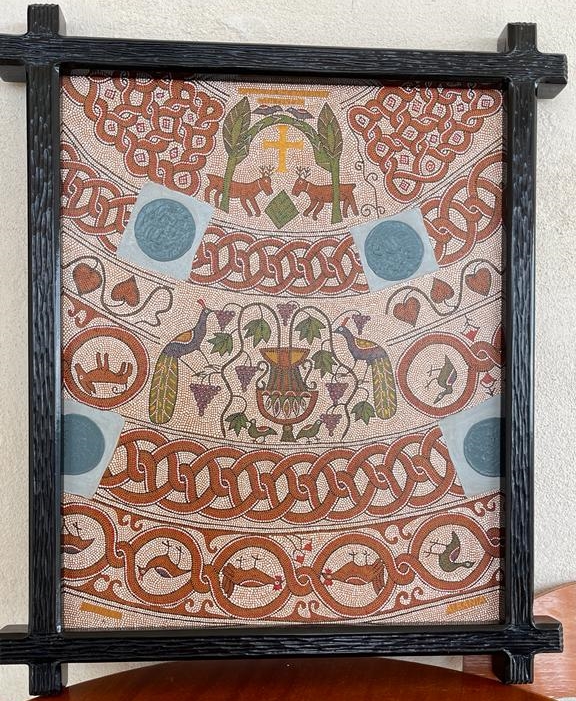
PUNIME ARTIZANE ME MOTIVE NGA BUTRINTI, PJETER PERKEQI 17
05/03/2520:24
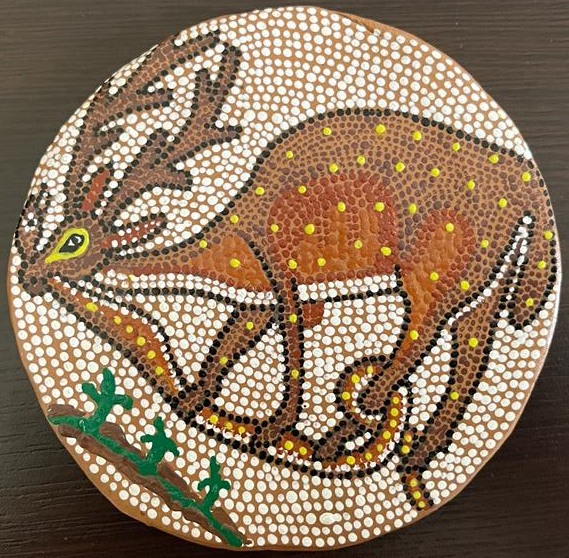
PUNIME ARTIZANE ME MOTIVE NGA BUTRINTI, PJETER PERKEQI 22
05/03/2520:24
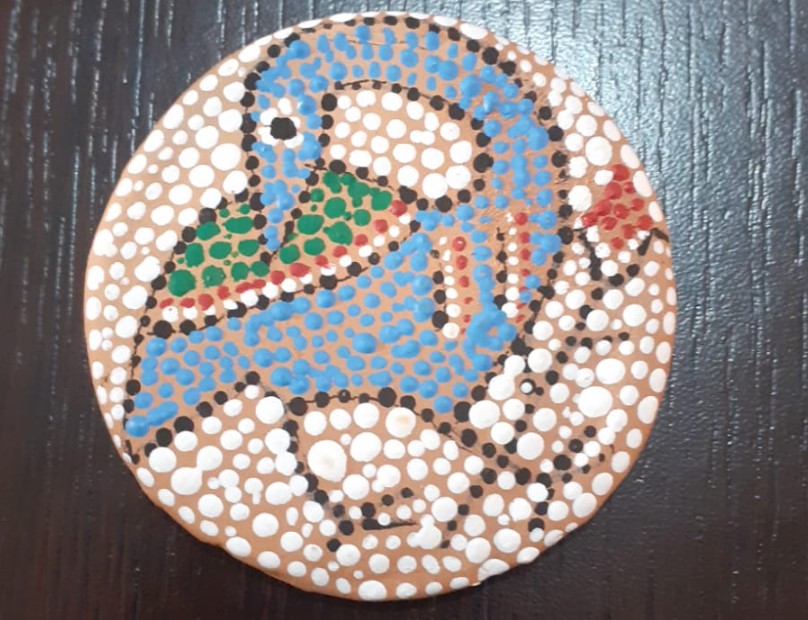
PUNIME ARTIZANE BUTRINT PJETER PERKEQI 32
05/03/2520:24
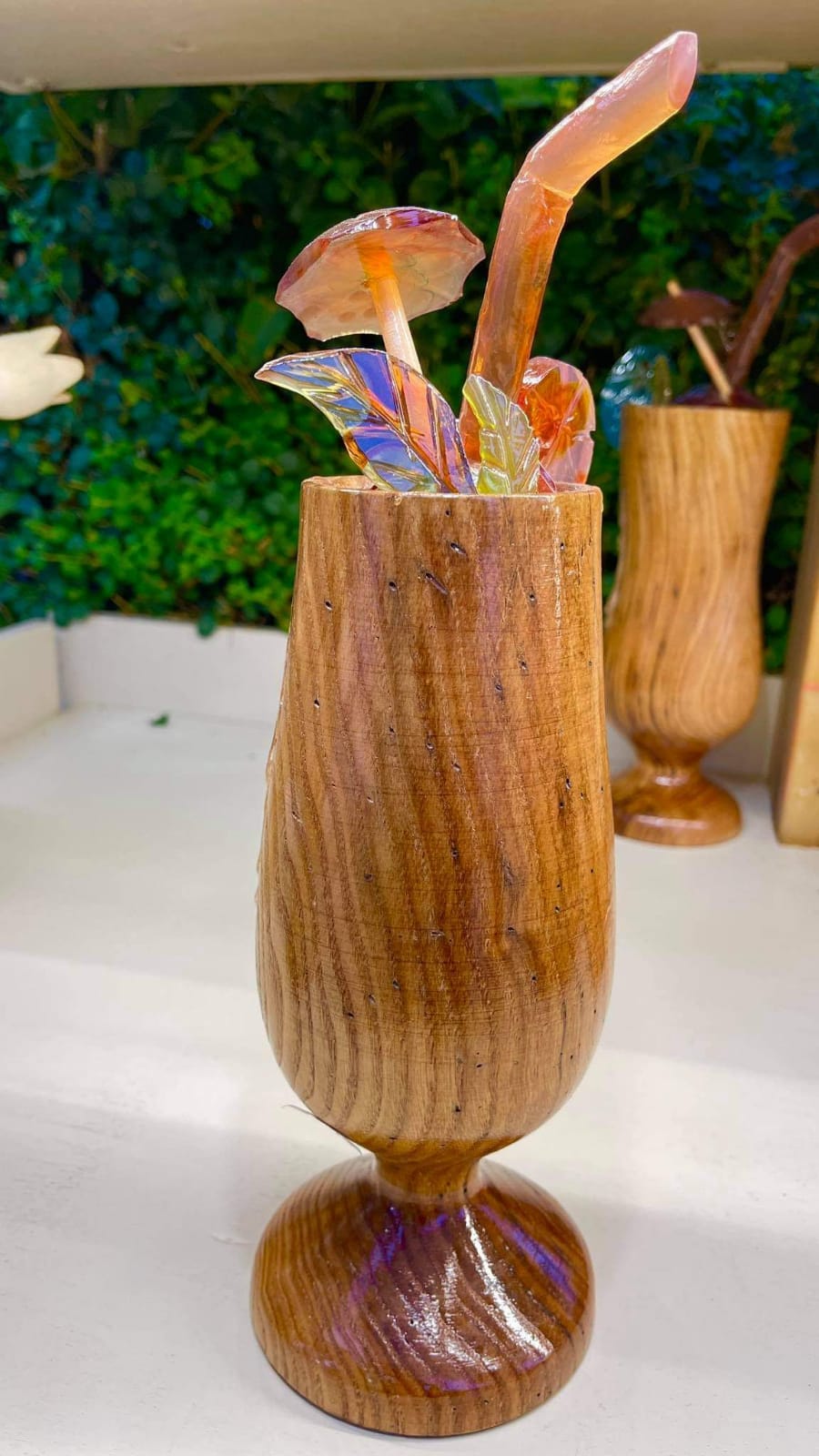
Suvenire nga Saranda
05/03/2520:24
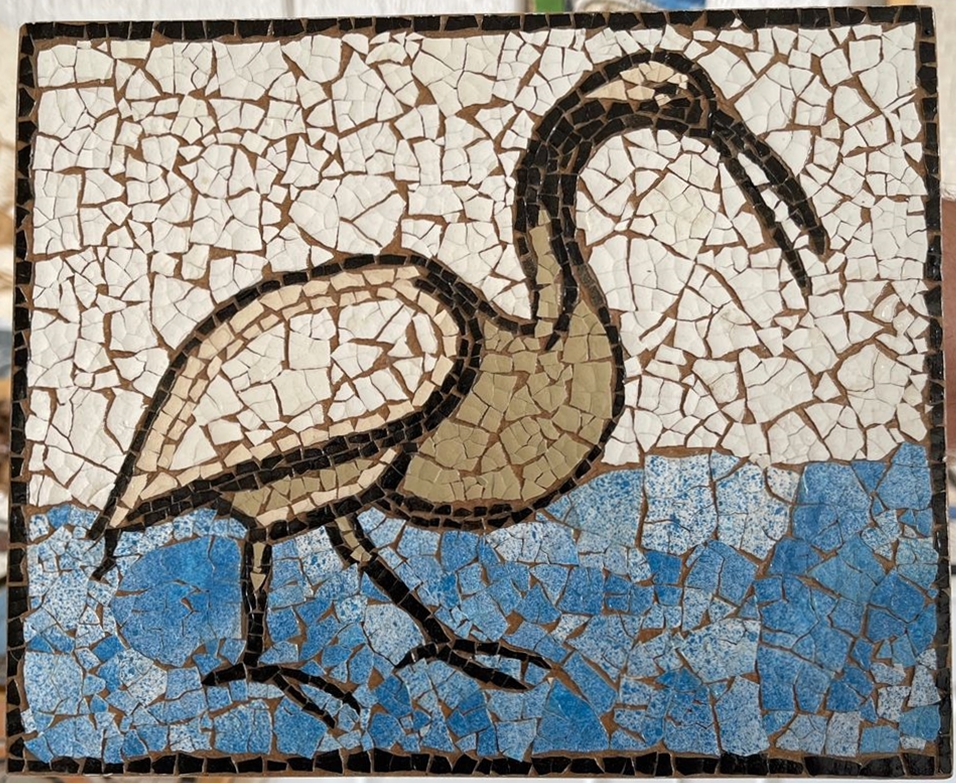
Pelikani i Butrintit – Imitim mozaiku i Butrintit, punim nga Agur Kapo
05/03/2520:24





